All products featured are independently chosen by us. However, SoundGuys may receive a commission on orders placed through its retail links. See our ethics statement.
Headphone warranties: What does yours cover?
November 1, 2022
Accidents happen. Whether that means dropping your earbuds in the toilet, or just running into defective hardware, everyone eventually wonders what their headphones’ warranty covers. So how do you find out what’s covered? With manufacturer’s warranties, extended warranties, and so many technicalities in the fine print, it’s hard to know where to even start. If you’re looking to buy some new gear, some of this stuff is worth knowing before buying, too.
Here’s a breakdown of the major headphone manufacturers’ warranties.
Editor’s note: this guide was updated on November 4, 2022, to update the sections on AKG and Apple’s warranties, and add an FAQ section.
What does the Anker headphone warranty cover?
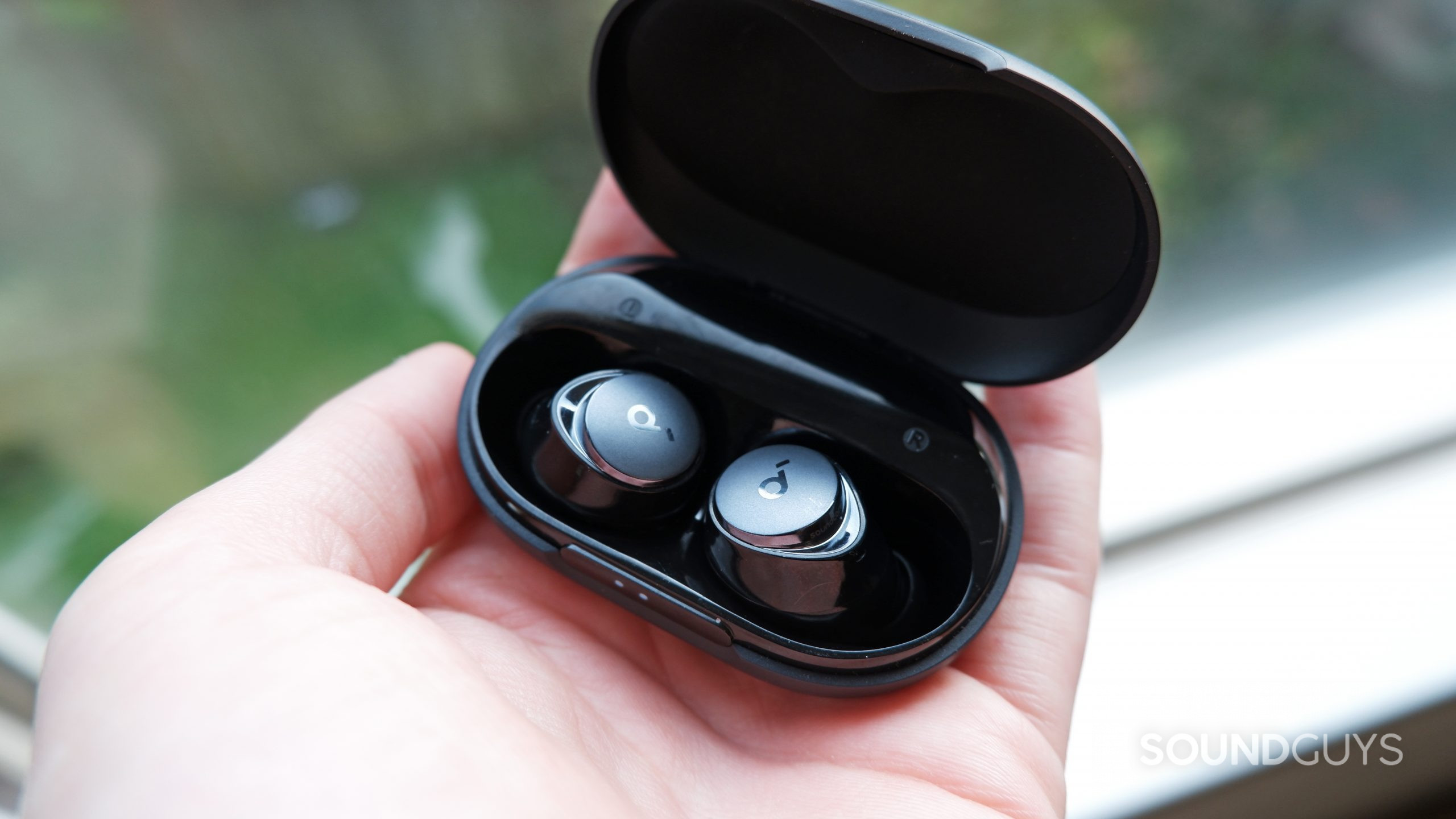
Anker’s headphone warranty lasts for 18 months, and it covers quality-related defects. Within 30 days of purchase, you can return Anker headphones for any reason, as long as you have the original packaging and all the accessories. The warranty doesn’t cover damage after purchase, and a third-party repair voids the warranty. So don’t even try sending those headphones back after you “accidentally” drop them into a deep ravine.
If you have an Anker Zolo product, the warranty lasts 12 months.
What’s covered in the AKG warranty policy?
AKG’s warranty policy varies between items, with some having a 3-year warranty period to a few having a lifetime warranty. You can see which items apply here, and if yours isn’t listed there and has no information in the original packaging, it is likely not covered under any warranty. The warranty covers defects from manufacturing. You need the original receipt or invoice from the purchase, and a serial number. This warranty doesn’t cover damage done by the consumer, just anything that happens in the process of making the headphones. And don’t even try to pass off those cat bites on the headband as a material defect. Not going to happen!
What do the Apple and Beats warranty policies cover?
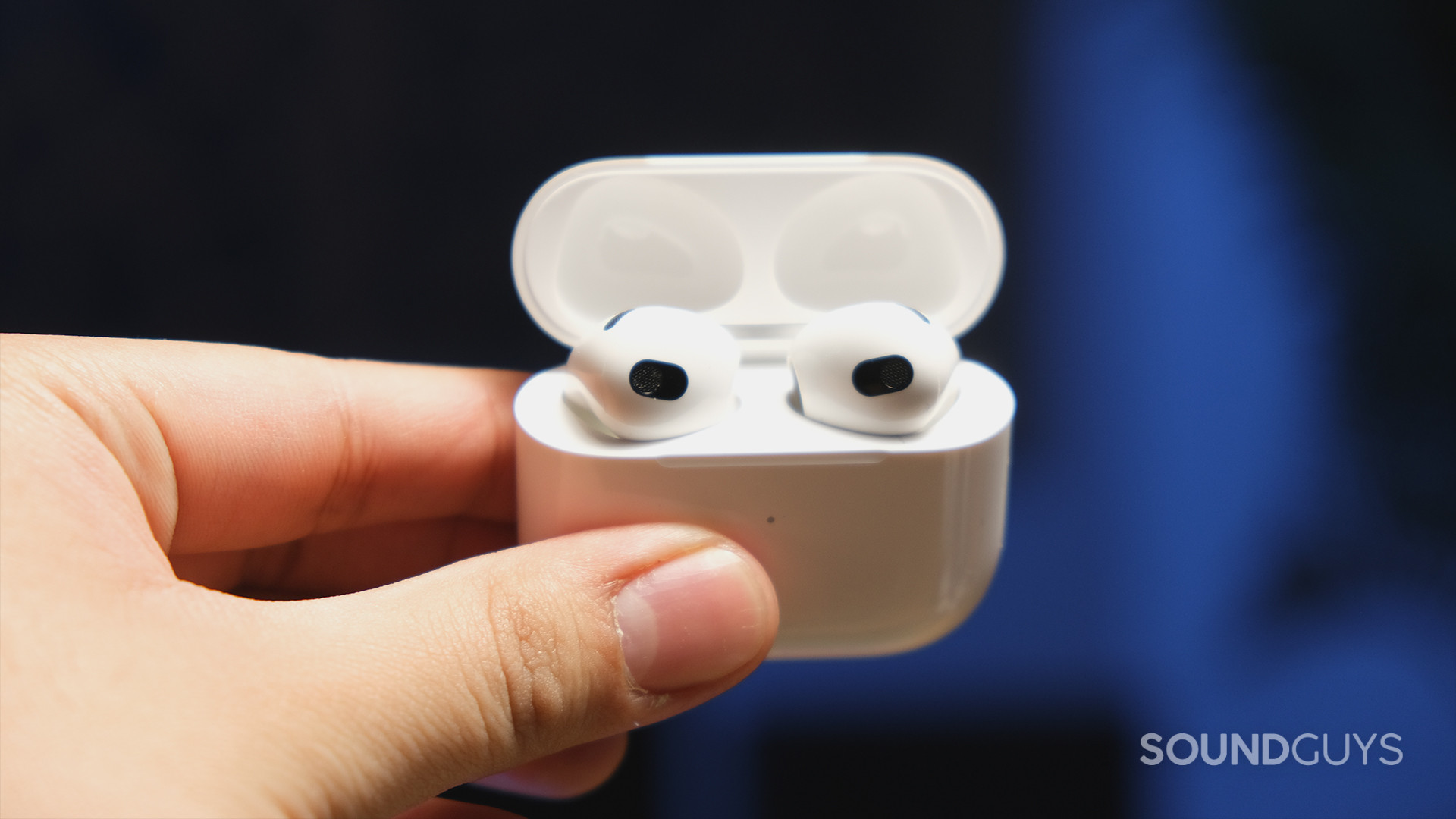
Apple has a one-year warranty for Apple-branded or Beats-branded hardware if there are defects from the manufacturing process. If your AirPods stops working for no apparent reason and it’s deemed to be a manufacturing problem, you can either get it repaired at no cost, exchanged with an equivalent item, or refunded for the original price you paid. This doesn’t include damage from accidents, modification, intentional damage, or normal wear and tear.
Apple also offers AppleCare+ for $29 USD, which extends the warranty to two years and covers accidental damage only twice every 12 months, costing $29 USD each time. You can check if you are covered under AppleCare+ using your serial number. If you’re covered, you could even accidentally run over your Beats in an incident completely unrelated to “needing a sense of catharsis,” and still potentially get new ones for a low cost.
Apple also recently launched a new self service repair, which is currently only applies to the iPhone 12 and iPhone 13 lines iPhone SE and some MacBook models, but could eventually reach AirPods. Those repairs will be an option in and out of warranty, and won’t void it when done successfully—it’s unclear whether accidentally damaging your device while doing repairs will affect your warranty status.
What does the Audeze warranty policy cover?
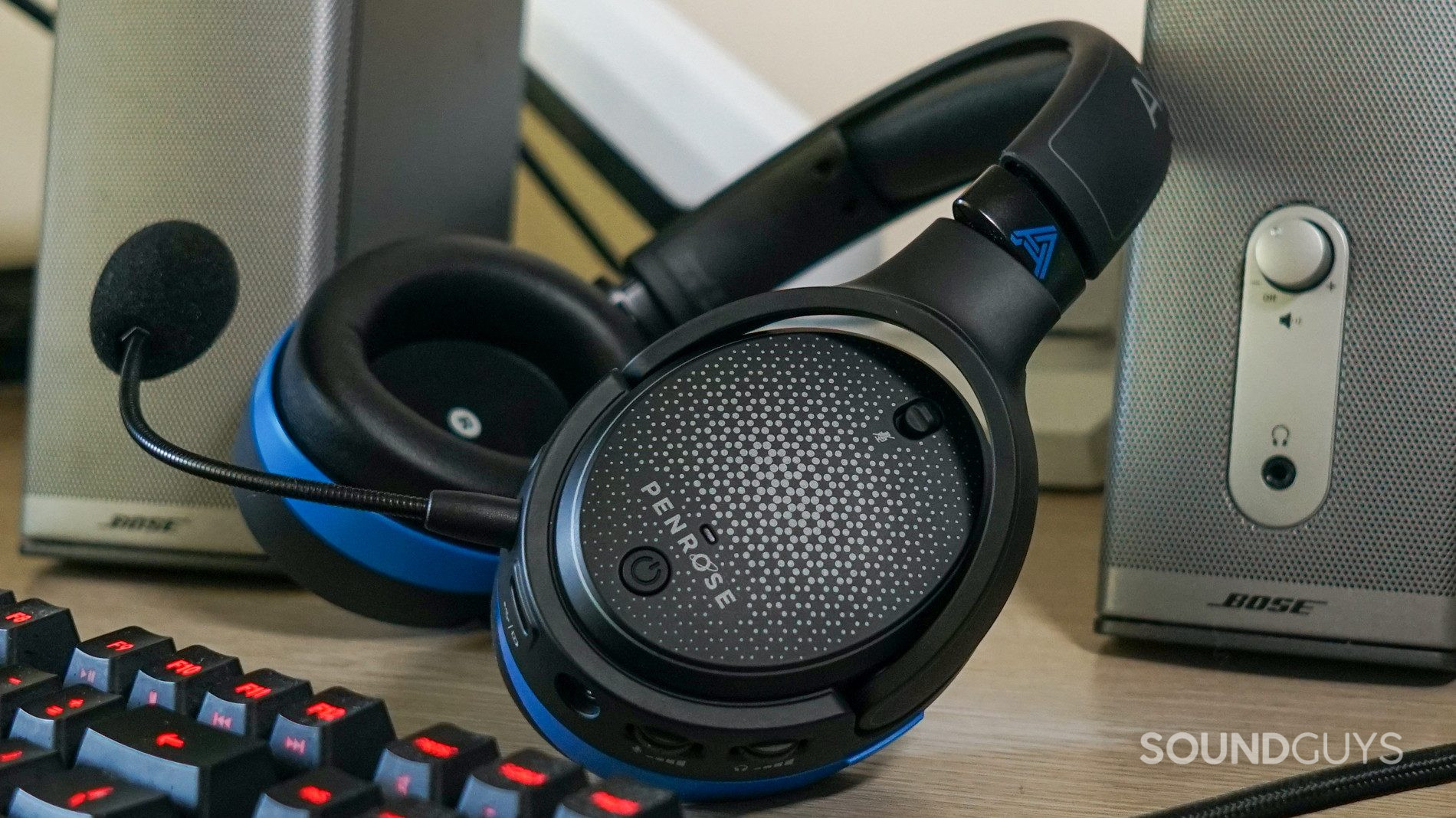
The Audeze warranty policy covers headphone drivers for three years, and one year for any other parts. Wear and tear is not covered under warranty, only factory defects. Ear tips, ear locks, and ear hooks aren’t covered under warranty either. The warranty is transferable with proof of purchase as long as it was purchased from an authorized vendor. If you buy Audeze headphones on eBay, make sure you get that receipt.
What does the Audio-Technica warranty policy cover?
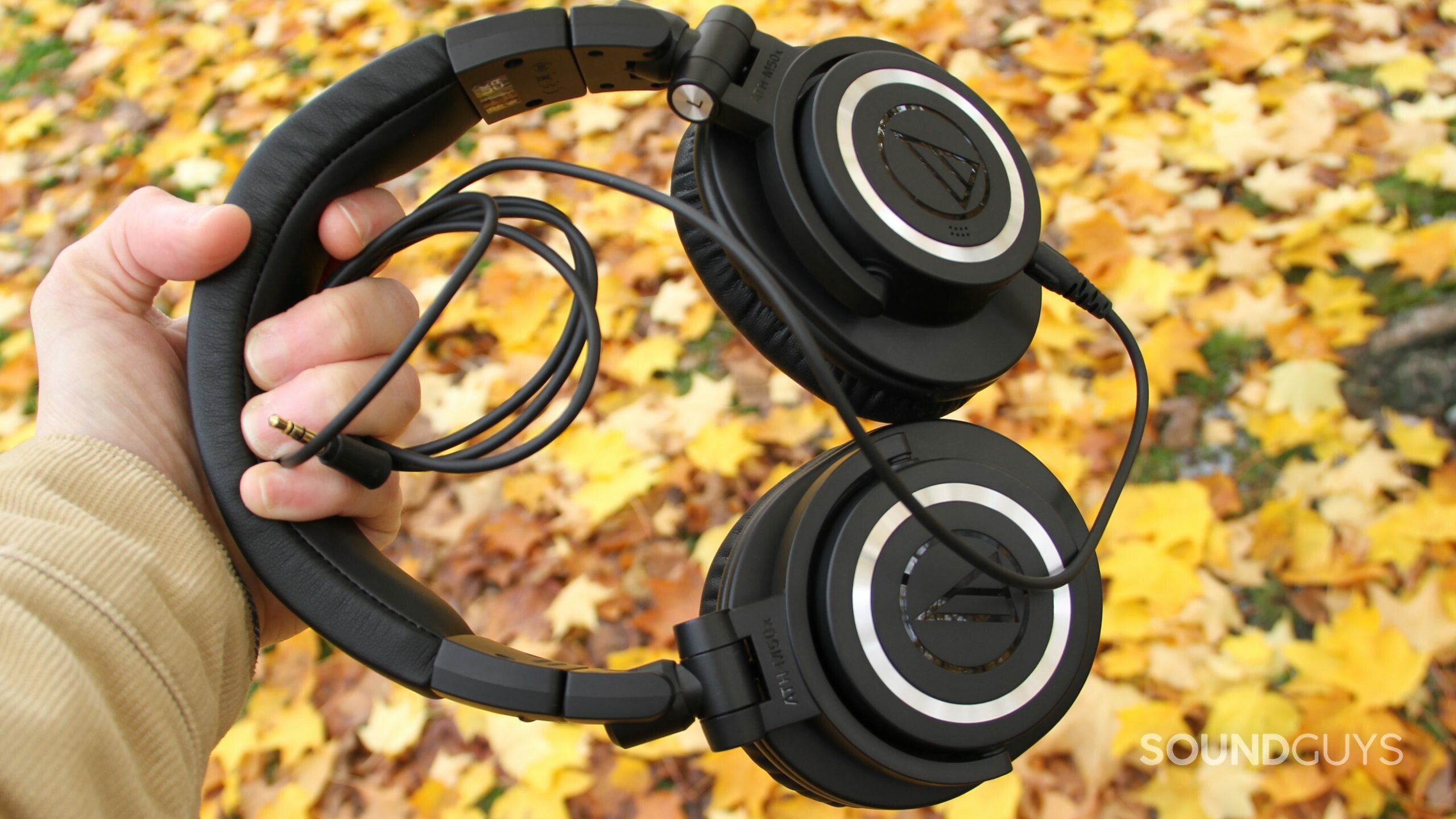
Audio-Technica headphones purchased in the United States are covered under a two-year warranty, which covers manufacturing defects. In the event of a manufacturing error, the company will cover the cost of repair, provide a replacement, or issue a refund. The headphones need to be delivered to the company or an authorized service center with proof of purchase date. Normal wear and tear or intentional damage aren’t covered under the warranty, and unauthorized repair or modification will void the warranty. Don’t submerge your Audio-Technica headphones in water if you want to get a new pair.
What does the Beyerdynamic warranty policy cover?
Beyerdynamic’s warranty covers products for two years, as long as you have proof of purchase. If you get a product repaired or replaced, that will be under warranty for either the duration of your original warranty period or 180 days since the repair, whichever is longer. The warranty is voided if repaired by an unauthorized person, and cosmetic defects, accessories, batteries, and wear and tear are not covered.
What does the Bose warranty policy cover?
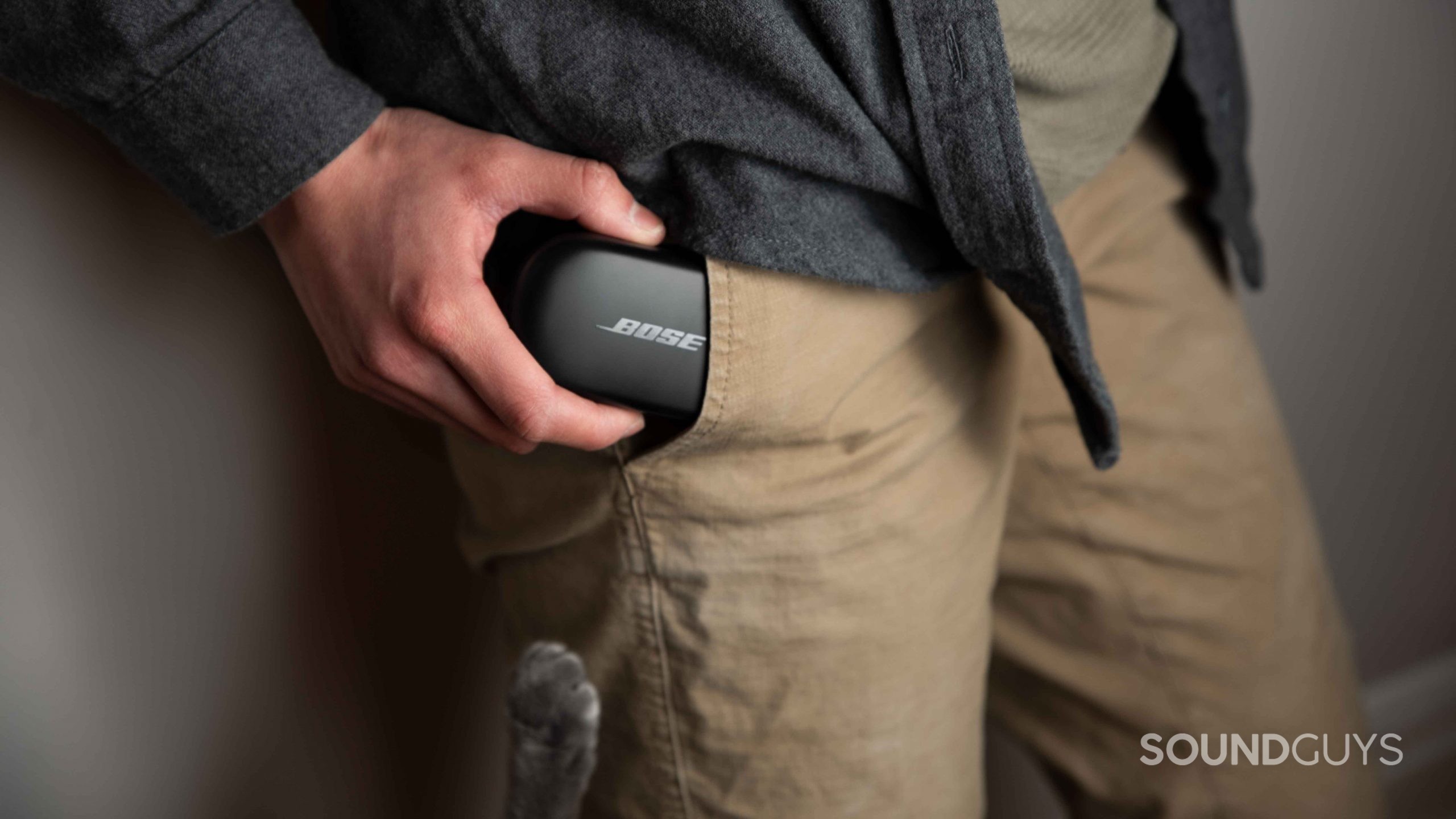
Bose headphones are covered under warranty for one year, and only for defective products. Bose will repair, replace, or refund you for defective products under warranty, but this doesn’t cover normal wear and tear, damage done after manufacturing, or any sort of accident. The warranty is also voided if an unauthorized party repairs a Bose headset.
What does the Corsair warranty policy cover?
Corsair headsets all have a two-year warranty, except certified refurbished products, which have a 90-day warranty that only covers replacement. If you send in a headset you’ve owned for more than 30 days, you’ll get a refurbished replacement. That refurbished replacement’s warranty period is either the remaining warranty period from the original product or 90 days, whichever is greater. The warranty only covers defects from manufacturing, and doesn’t cover wear and tear, unauthorized repair, accidents, or improper use of the product.
What does the Jabra warranty policy cover?
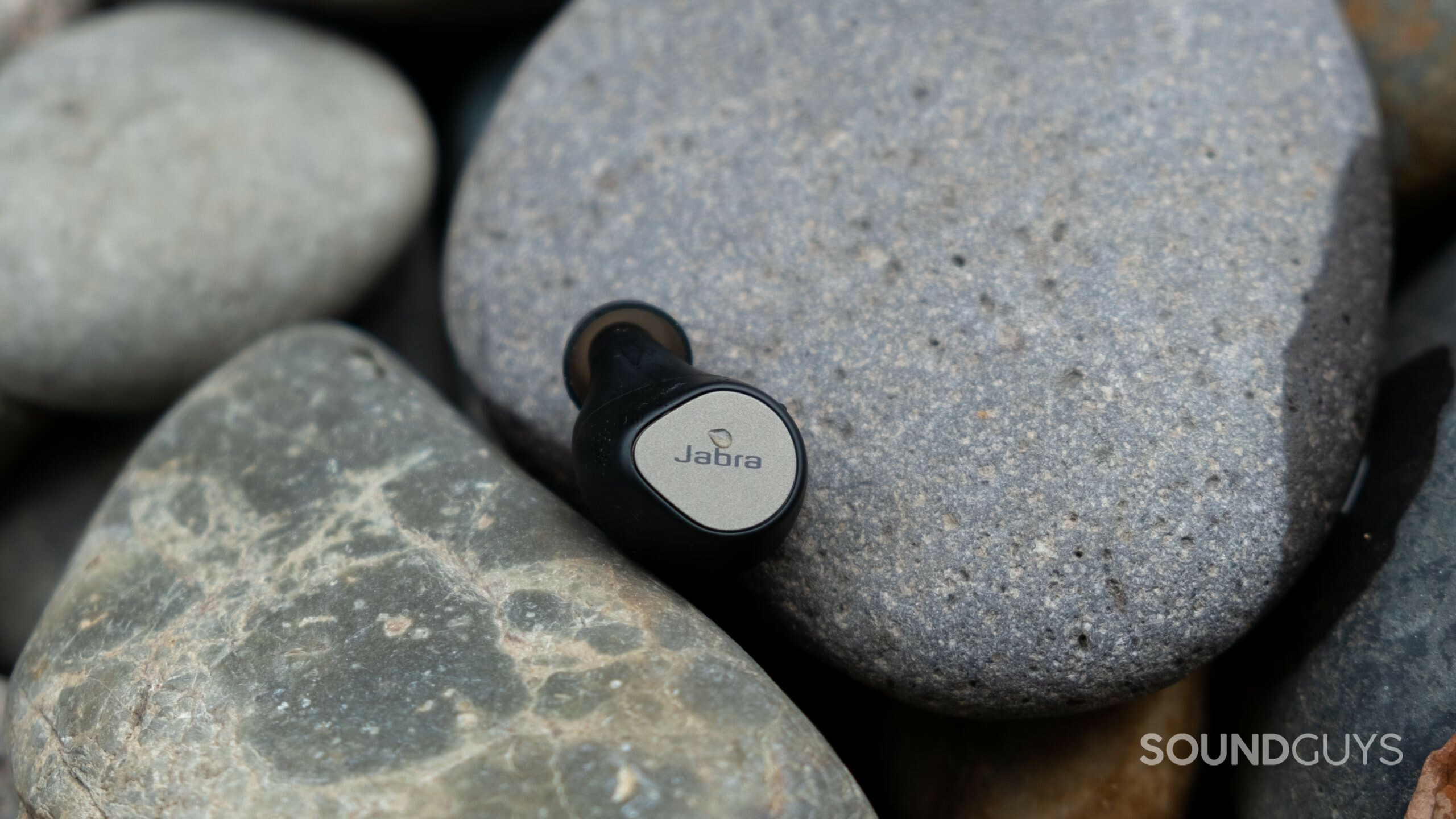
Jabra’s consumer products have a one-year warranty, and refurbished products have a 180-day warranty. The company offers a two-year dust and water resistance warranty for Jabra Elite 3, Jabra Elite 7 Pro, Jabra Elite 45e, Jabra Elite 45h, Jabra Elite 65e, Jabra Elite 65t, Jabra Elite 75t, Jabra Elite 85h, and Jabra Elite 85t. There is also a two-year dust and sweat resistance warranty for Jabra Elite 7 Active, Jabra Elite Active 45e, Jabra Elite Active 65t, and Jabra Elite Active 75t. Lastly, it has a three-year warranty against perspiration for Jabra Elite Sport, Jabra Sport Coach, Jabra Sport Pace, Jabra Sport Pulse, and New Balance PaceIQ.
Warranties usually result in repair or replacement, but may just be refunded if the product isn’t replaceable or it can’t be done in a reasonable amount of time. Parts of products that usually see wear and tear aren’t covered unless they’re considered defective or broken when you buy them or malfunction within 14 days, and this includes USB cables, ear cushions, ear gels, ear hooks, ear tips, and batteries, among others.
These warranties don’t cover accidents or abuse, “use of the product or accessories for commercial purposes,” or misuse. The regular warranty doesn’t cover contact with liquids or dust, only the specific ones listed above do. Unauthorized repairs also void the warranty.
Basically, don’t sweat up a storm while you’re wearing your non-sweat-resistant earbuds, and don’t throw anything into a vat of sand. However, if you happen to get a gallon of sweat on your Jabra Elite Sport earbuds, you may be in luck.
What does the Jaybird warranty policy cover?
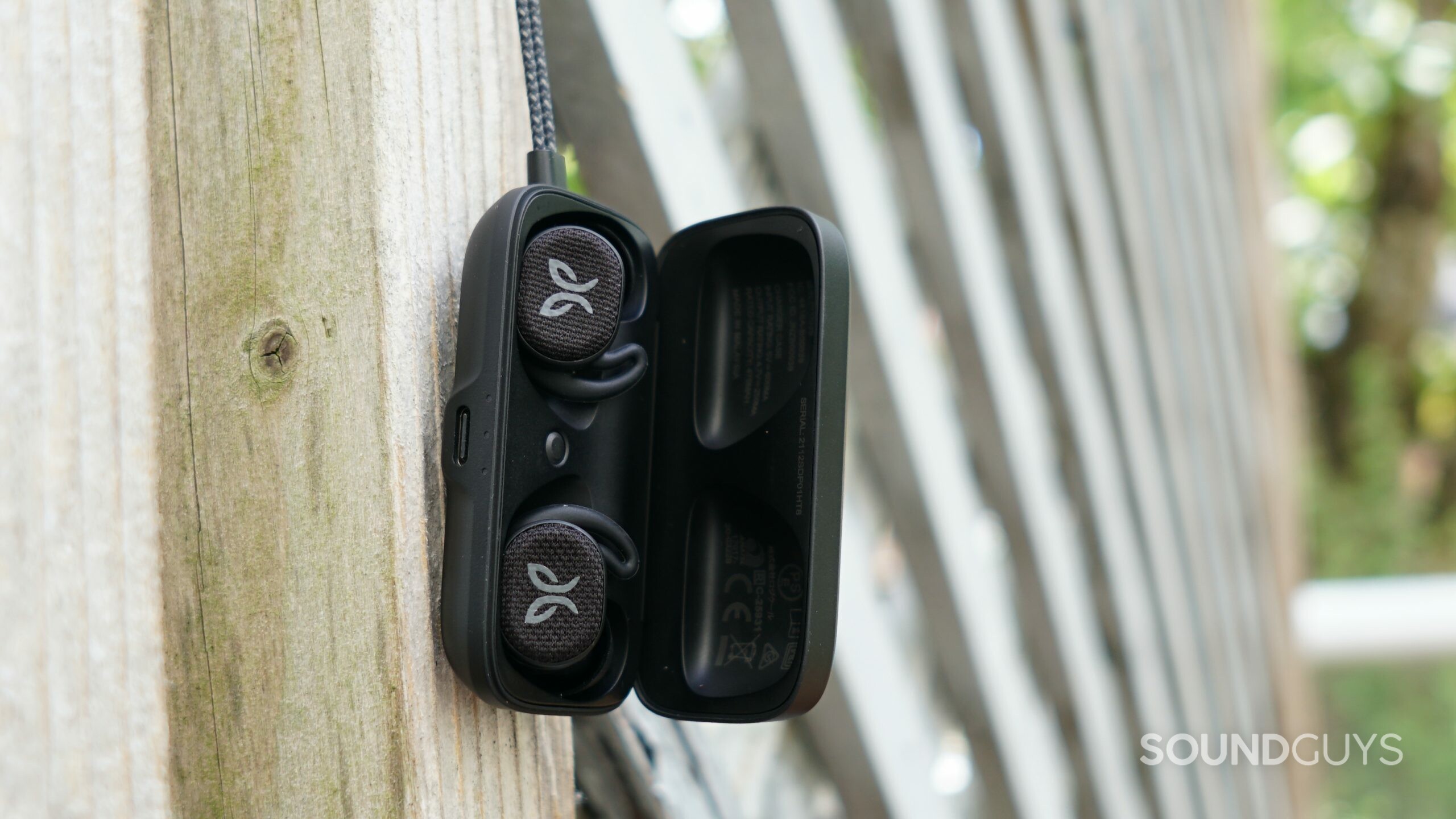
Jaybird’s one-year warranty covers defects in manufacturing and sweat resistance for its products. You can also return any product within 30 days for a full refund. Jaybird also specifies that being sweat- and water-resistant does not mean you can submerge your earbuds in water for fun—it’s only covered under normal, everyday conditions like sweating or accidentally getting a bit of water on them. So do not put your Jaybird earbuds in a glass of water for fun, no matter how fun it seems. Do not!
What does the JLab warranty policy cover?
JLab has a two-year warranty for Bluetooth products, and a lifetime warranty for non-Bluetooth earbuds and headphones, which both cover defects in manufacturing. It’s worth noting that “lifetime” means “the life of the product,” so your warranty obviously ends once the product reaches the end of its own life. As with all the others above, don’t go stepping on your earbuds in five years with the expectation that you’ll get a new pair.
What does the Monoprice warranty policy cover?
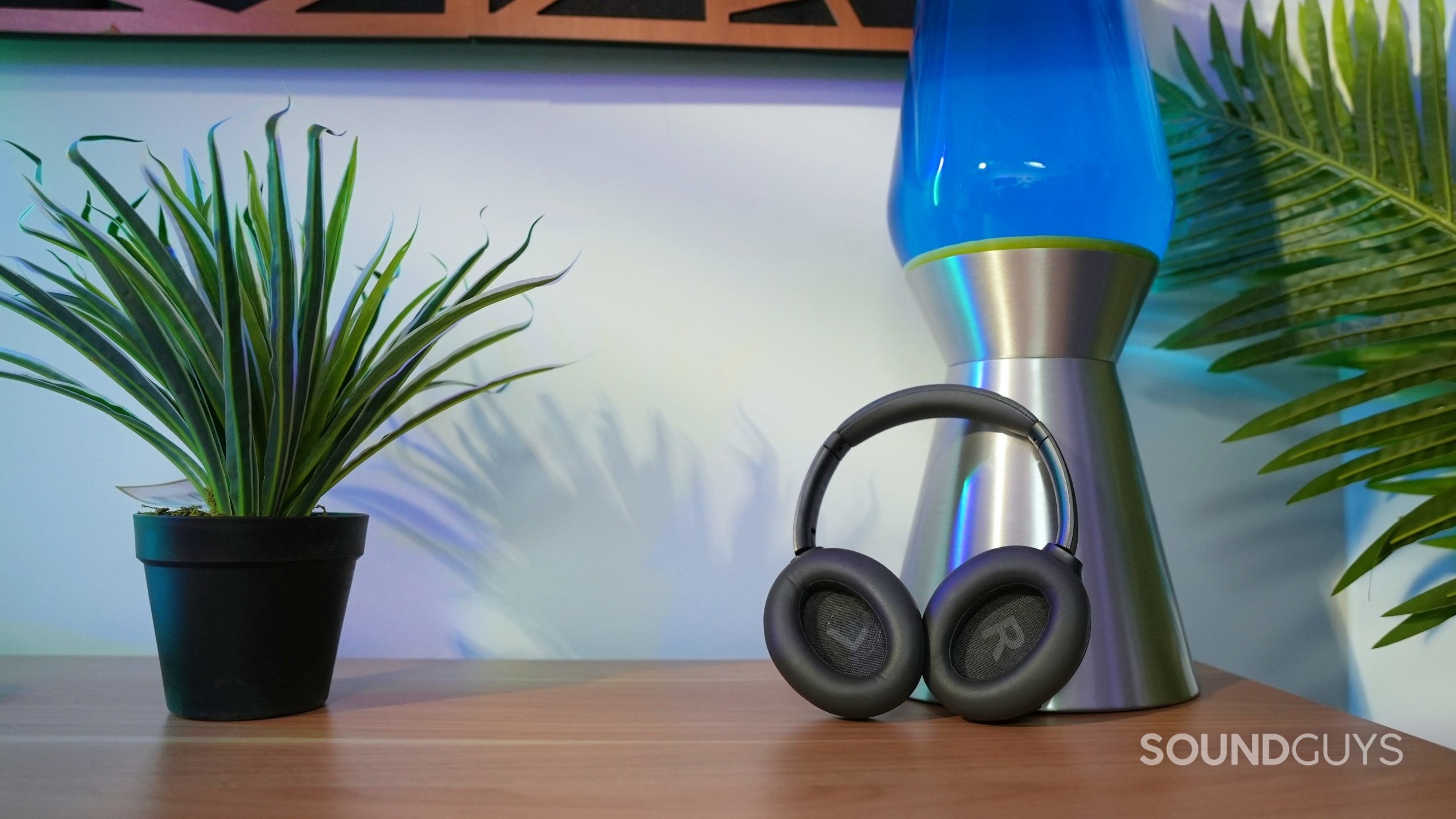
Monoprice has a bit of a difficult warranty policy. The warranties vary between items, and while the warranty policy says to check the individual item for the warranty length, some products don’t even have warranty periods listed. Most of the company’s cheaper headphones and earbuds have one-year warranties, though some Monolith headphones have five-year warranties, and Monolith earbuds have three-year warranties. These rules aren’t hard and fast, so check your individual product on the website and it will most likely have the warranty information in the description, or check the slip in the original packaging it came in.
Monoprice’s warranty policy covers defects in manufacturing only, so don’t expect a repair on your five-year warranted headphones if you “accidentally crush them with a mallet.”
What does the Philips headphone warranty policy cover?
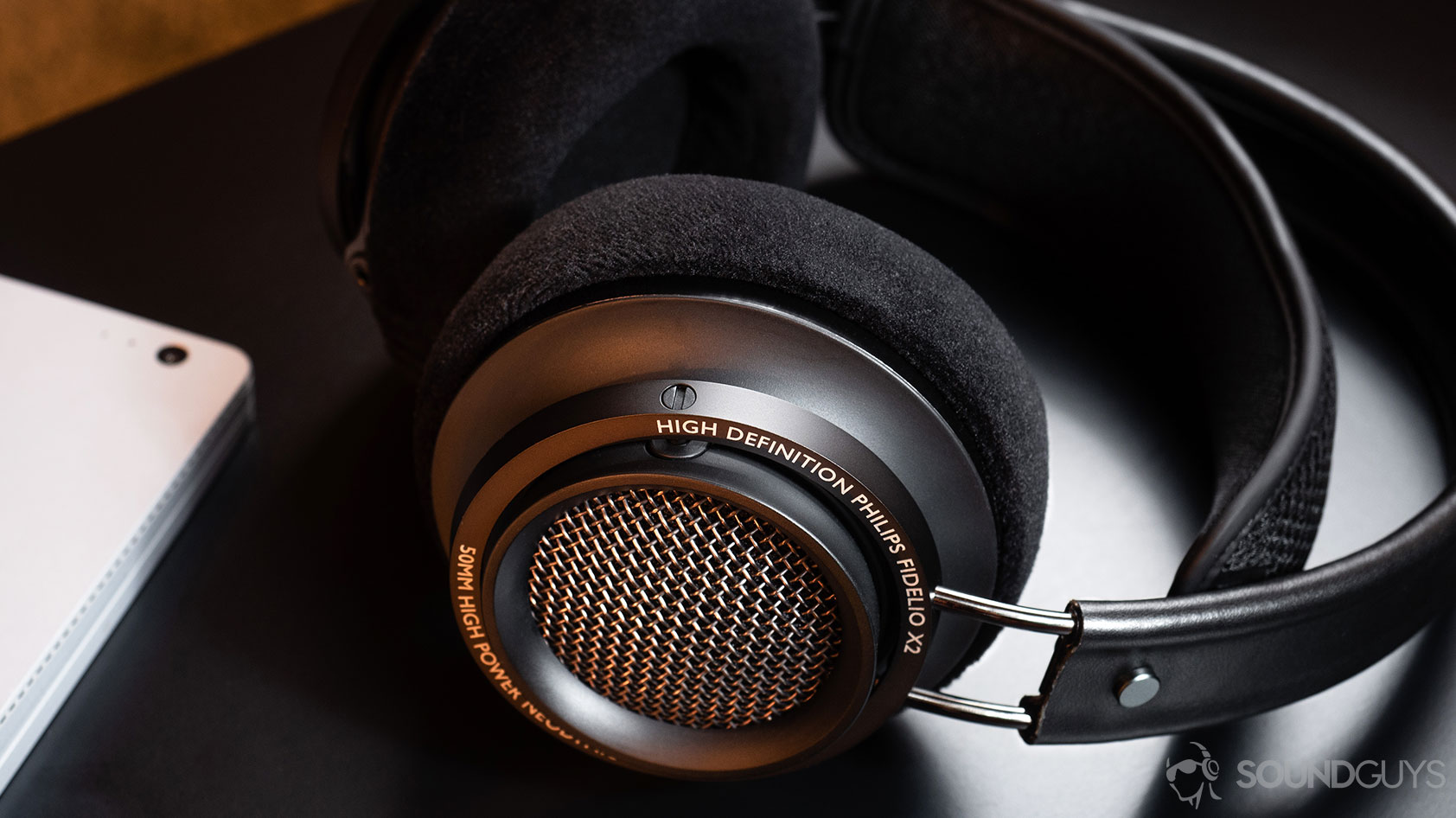
Philips headphones are covered under a one-year warranty, which covers manufacturer defects. However, if you lose your proof of purchase or you buy the product from an unauthorized retailer, the warranty period is three months from the date of manufacture, which is found on the product or deduced by the serial number. The warranty is mainly for repairs or replacements, but refunds will be given when those options aren’t viable.
The warranty doesn’t cover abuse, excessive unintended uses, damage from unauthorized repairs, wear and tear, or if the serial number, production date code, or proof of purchase are altered or illegible. So don’t use that receipt to jot down your grocery list!
What does the Razer warranty policy cover?
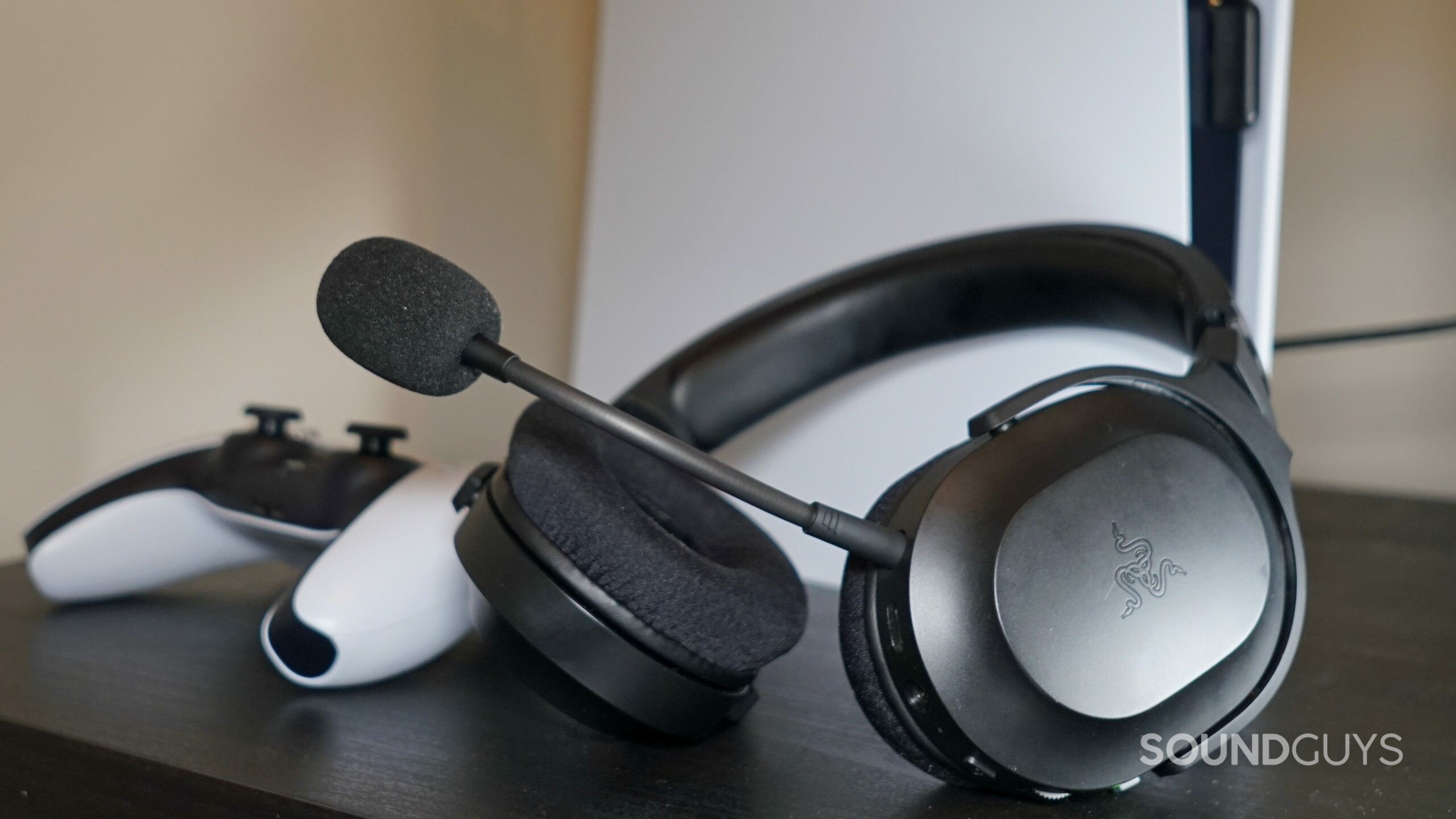
Razer headsets, earphones, and earbuds are all covered by a two-year warranty. Refurbished products from the Razer website have a warranty period of one year or the same warranty period as the item if it were new, whichever is lower. The warranty doesn’t cover accidents, abuse, damage caused by an unauthorized repair, products with an altered serial number, wear and tear, or cosmetic damage.
Proof of purchase is required for warranty claims, such as a receipt, email, or order number. If you bought a product from Razer but lost the email, it might be able to find the order number for you with the right information. That doesn’t mean it’s a good idea to throw away your receipt or delete your emails.
What does the Samsung warranty policy cover?
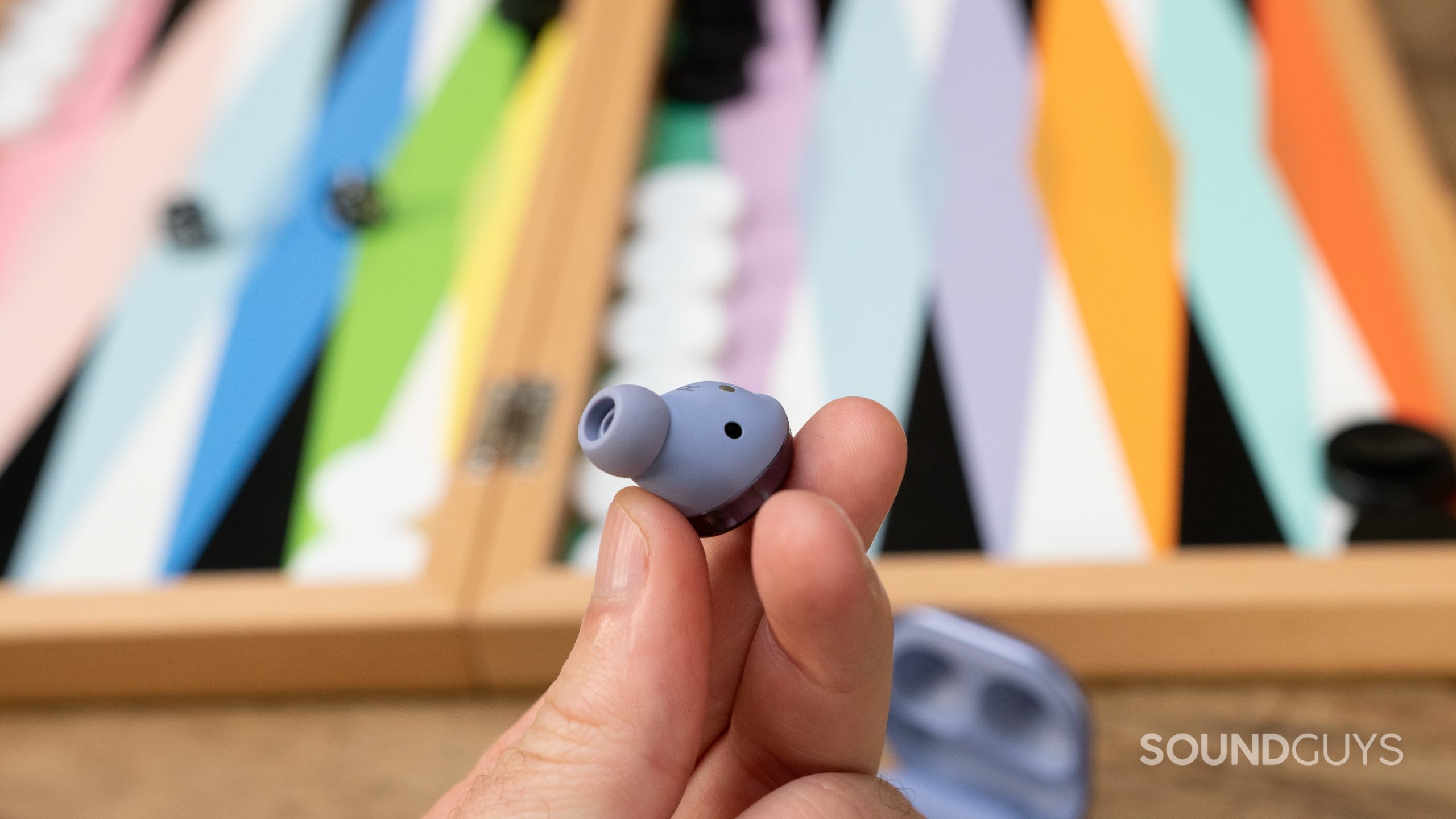
Samsung covers earbuds under a one-year warranty that includes manufacturing defects (excluding batteries or other consumable parts subject to wear and tear). Accidents, misuse, and abuse are not covered by the warranty. Unauthorized repairs or alterations void the warranty. So don’t try to repair your Galaxy Buds, break them, and expect to still be covered.
What does the Sennheiser warranty policy cover?
Sennheiser headphones are covered under warranty for two years with valid proof of purchase, and only for manufacturing defects. Sennheiser will repair or replace the headphones or defective parts at no cost. Not covered under the warranty are “minor faults” that don’t affect the product, accessories, batteries, wear and tear, and accidental or intentional damage. The warranty is voided if you alter it in any unauthorized way.
What does the Shure warranty policy cover?
Shure’s warranty information page states that warranties vary between one and two years, but from looking at a large selection of headphones and earbuds, it looks like they are all covered under a two-year warranty. Shure is one of the rare companies to cover rechargeable batteries contained in the product for one year. Since warranty time could vary, always check the manual in the original packaging for the exact warranty information. The warranty only covers manufacturing defects, so a reduction in battery capacity isn’t covered, as that happens to batteries over time.
What does the Sony warranty policy cover?
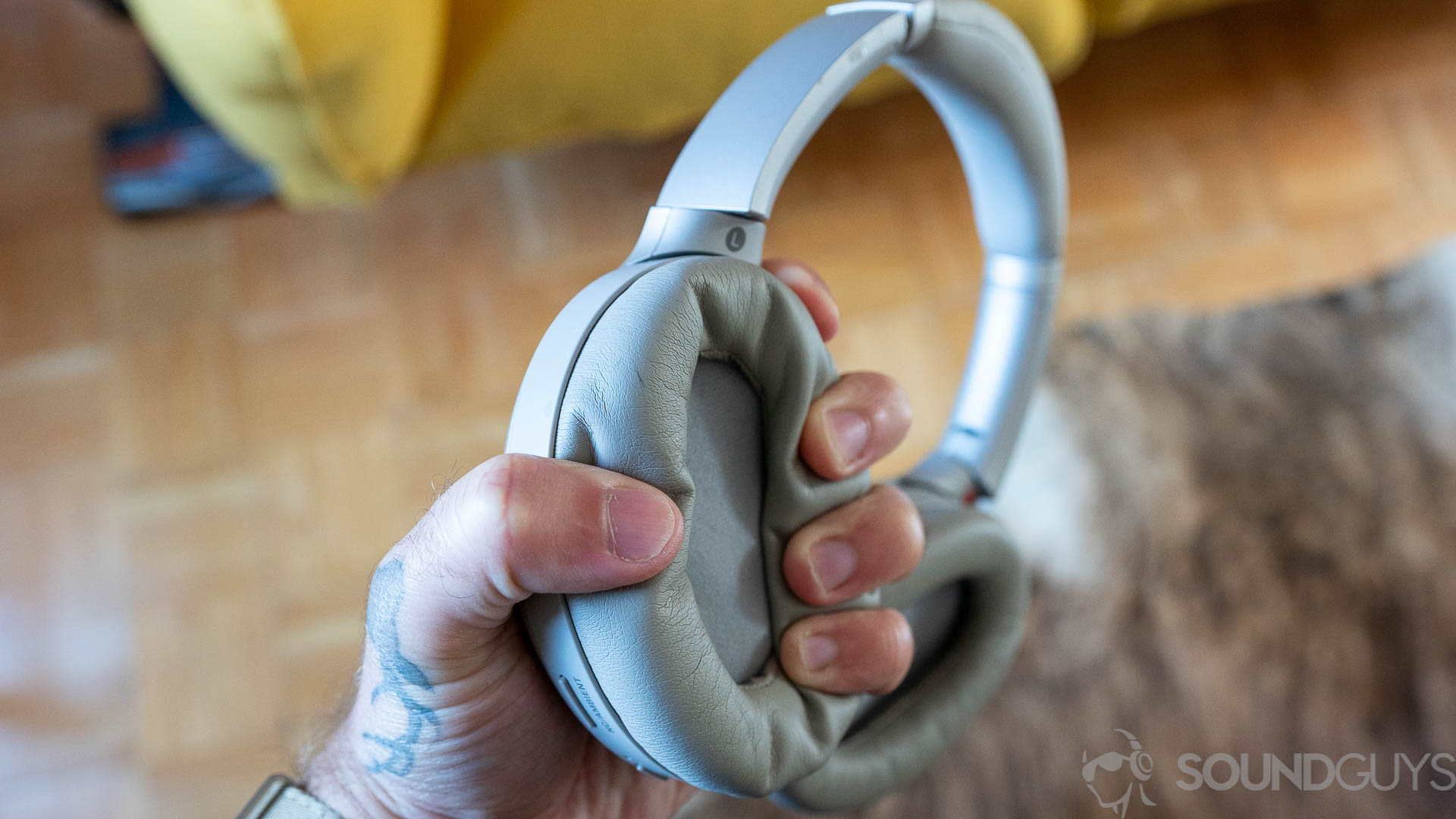
Sony has a one-year warranty on its headphones in the US and Canada, and it covers manufacturer defects to its hardware components. The warranty doesn’t cover accidents, misuse, cosmetic damage, or unauthorized repairs. Additionally, the warranty doesn’t cover anything sold as “as is” or “with all faults.” So if you get an “as is” pair of earbuds from a store and it doesn’t work, you’re out of luck.
What does the V-MODA warranty policy cover?
V-MODA’s warranty information page states that warranties vary between one to two years, and it provides a list of products under each category. The warranty covers manufacturing defects, and doesn’t cover cosmetic damage, accidents, alteration, or improper use. It also doesn’t cover things sold as is, with an open box, or by an unauthorized third party. So if you see a V-MODA product at a store with an open box, buy it at your own risk.
Do headphone companies offer extended warranties?
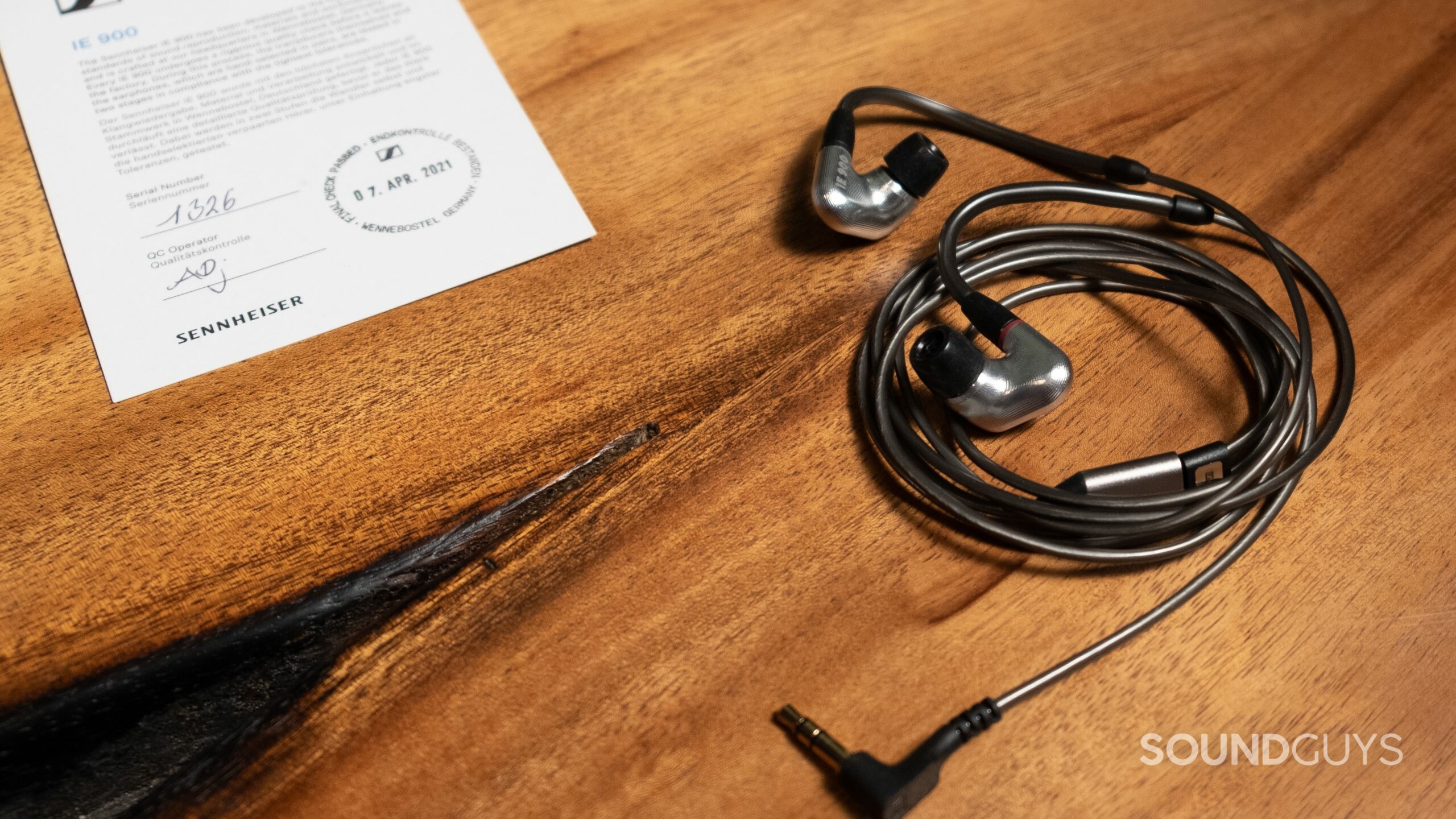
Some stores offer extended warranties for products, like Best Buy’s Geek Squad protection, and those can be worth it if you don’t mind paying extra for service in the case of a power surge, accidental damage, or battery replacement, or if you want a warranty that lasts longer than the manufacturer’s, since those can be fairly short. However, if it’s a product you don’t expect to last longer than the manufacturer’s or the extended warranty, and it’s cheap to begin with, an extended warranty might not be necessary.
What should you keep in mind when looking into your headset’s warranty?
Several things each warranty from these major companies have in common are that they only cover manufacturing defects, and accidents aren’t covered at all. So if you’ve ever wondered whether you can purposefully damage your earbuds to get new ones while they’re still in warranty, you definitely can’t. Apple is the only company that has a low-cost option for replacements in the case of accidental damage, but that requires paying extra for AppleCare+.
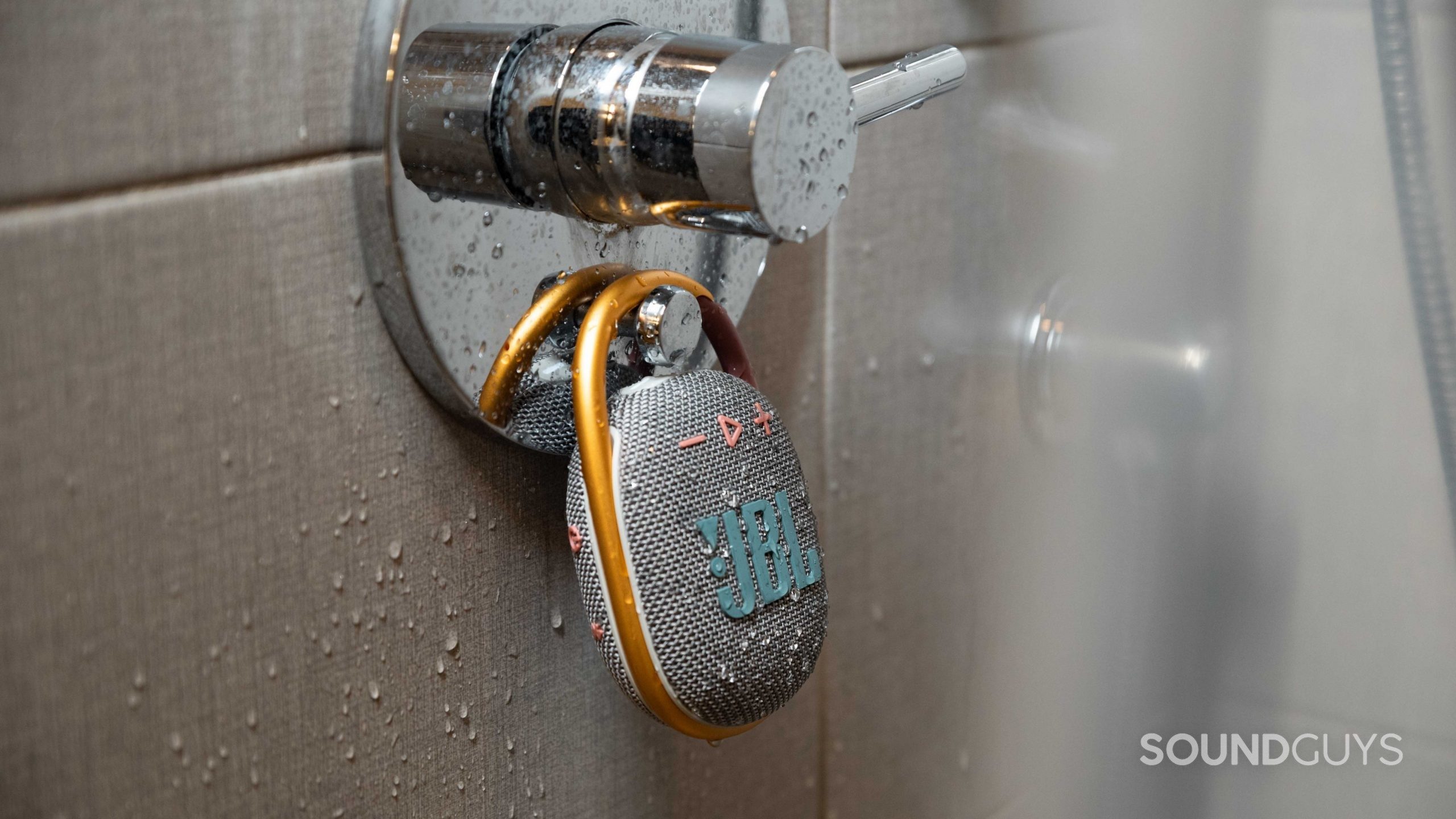
Additionally, pretty much every warranty doesn’t cover the natural end of a product’s lifespan (if it even reaches that far). If you’re buying a new pair of true wireless earbuds, the constant recharge cycle and tiny battery in each earbud mean you’ll likely have to buy a brand new set sooner than later. A warranty is a great way to protect a product—at least to an extent—but if you’re hoping to buy a pair of headphones and never need a new one, they won’t help at all. Remember, some headphones are definitely more repairable than others.
Since warranties do change from time to time, it’s always important to check the manual that came with your product or the company’s website to confirm. This way you can also check where to send the product for repairs. As well, always keep your original receipt or email order confirmation so you have proof of purchase in the event of a hardware defect.
Frequently asked questions about headphone warranties
Warranties mostly exist to ensure that the company can fix damage that the company at fault for, since the company is responsible for it at the manufacturing stage. Accidental damage coverage would be costly for companies, and it’s hard to differentiate accidental damage from intentional damage.
You should usually contact the manufacturer regarding the warranty for your item. If you purchased an extended warranty, you can also contact the company you purchased it from, like Best Buy if you purchased Geek Squad protection.
You’ll usually be able to identify manufacturer defects within the first little while of using a product. After enough time has gone by, the item will have gone through some wear and tear, which can be hard to differentiate from manufacturer defects sometimes.